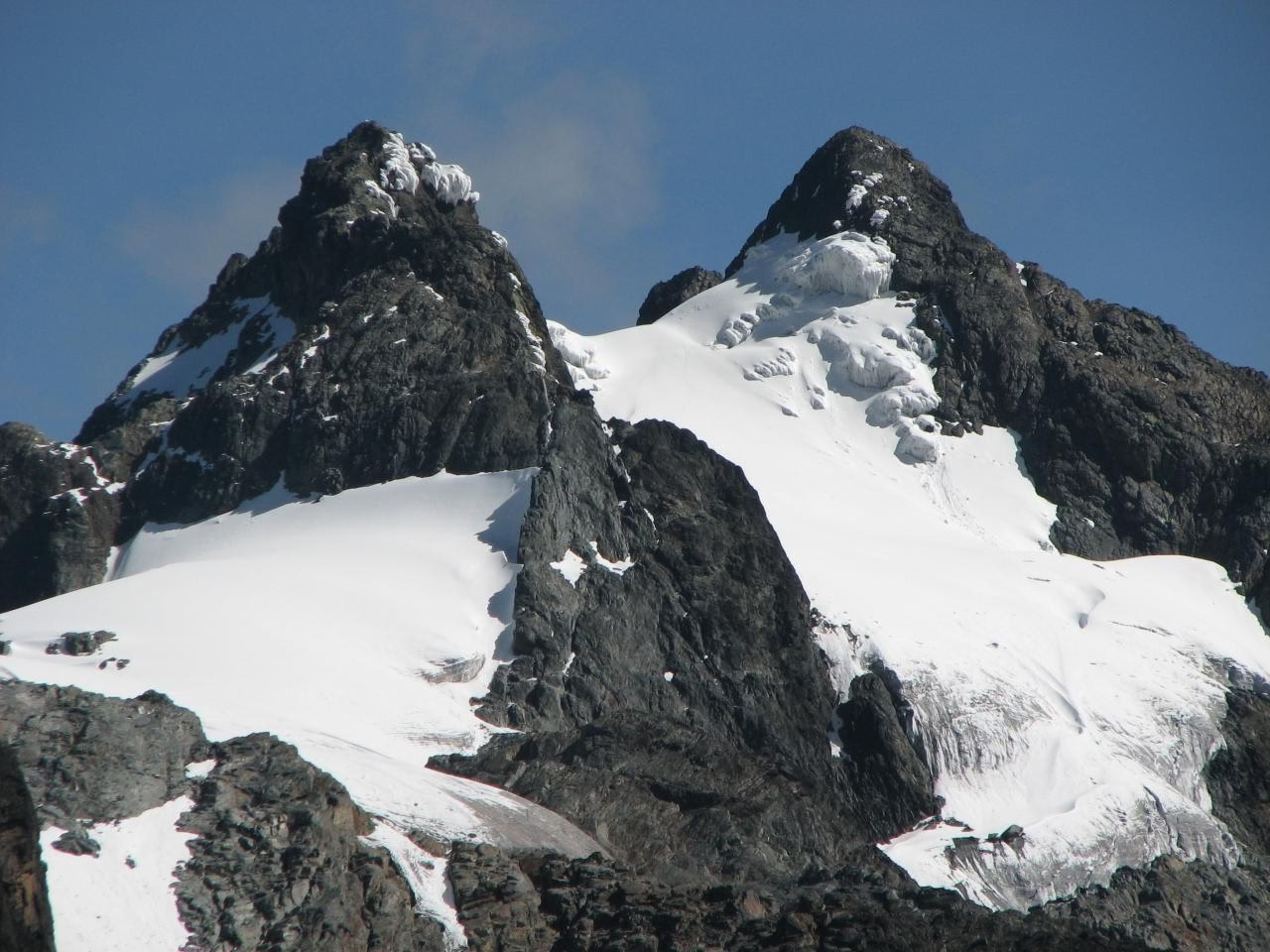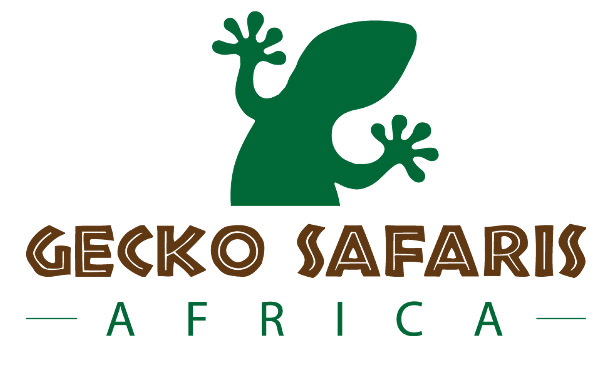Rwenzori Mountain National Park.
Located in the southwest of Uganda, Mountain Rwenzori National Park is a UNESCO World Heritage Site.Situated near the boundary between Uganda and the Democratic Republic of the Congo, the east side of the western Albertine Rift valley is home to the mountainous Rwenzori national park.
The majority of the central and eastern slopes of the Mountain Rwenzori are protected as one of the oldest and highest altitude protected areas, Mountain Rwenzori National Park, which spans 996 square kilometers throughout the districts of Kabarole, Kasese, and Bundibugyo. The park is similar to Mount Elgon National Park, which, in contrast to other national parks in Uganda, is home to a mountain.Most notably, Mountain Rwenzori was named the “mountain of the moon” by Alexandrian, a geographer and photographer.

The stunning peaks of the Rwenzori Mountains, which are excellent for mountain climbing, include the highest peak, Margherita Peak, as well as Mount Speke, Mount Baker, Mount Stanley, Mount Emin Pasha, and Mount Luigi da Savoia.The main draw for visitors to the Mountain Rwenzori National Park is this magnificent peak, which Henry Morton Stanley named the “Cloud Mountains” due to its distinctively beautiful peaks and diverse range of natural systems.
The Mountain Rwenzori, often regarded as one of the most picturesque Alpine regions on Earth, boasts magnificent and distinctive vegetation at various elevations, including unusual highland vegetation adorned with majestic features like waterfalls, glaciers, and snowfields.The captivating Mountain Rwenzori National Park is well-known for its distinctive flora and unusual botany and distinctive vegetation zones, which covers the mountain at different altitudes. The stunning peaks of the Rwenzori Mountains are ideal for Massive varieties of Senecio and Lobelia, two extremely uncommon plant species, can only be found in East African mountains rising above 3800 meters.
History of the park.
The main goal of creating the Mountain Rwenzori National Park in 1991 was to protect the park’s exceptional natural beauty from increasing human impact. In 1994, UNESCO inducted the park into the World Heritage List due to its exceptional natural beauty.
From 1999 to 2004, UNESCO added the park to its list of world heritage sites under threat due to rebel insecurity, as the vast forests provided cover for the rebels.
Tourist Attractions in the National Park of Mount Rwenzori.
Fauna.
With 70 mammal species living in the deep plant cover of the Mountain Rwenzori National Park, the park is home to a diverse range of wildlife species. Of these mammals, six are endemic to the Albertine Rift, three are rare, and four are unique to the park itself.
Elephants, chimpanzees, Rwenzori otters, leopards, duikers, and hyrax bushbucks are among these creatures; among the primates are Angolan black and white colobus, blue monkeys, and l’hoest monkeys.
In addition, there are uncommon reptiles like the three-horned chameleon, which are uncommon to sight because of the thick forest cover.
Birds.
Mountain Rwenzori National Park is a birdwatcher’s paradise, home to some 217 different species of birds, including several endemic Albertine Rift species, 17 of which are unique to the park and can only be found in its woodland regions.
There are many different types of birds in the area, including the Rwenzori Turaco, Barred Long-tailed Cuckoo, Long-eared Owl, Handsome Francolin, Cinnamon-chested Bee-eater, White-starred Robin, Archers’ Robin-chat, Rwenzori Batis, Montane Sooty Boubou, Lagden’s Bush-Shrike, Slender-billed Starling, Blue-headed Sunbird, Golden-winged Sunbird, Strange Weaver, and many more species of birds.
Lakes.
Hikers in Rwenzori National Park can see many picturesque lakes, including Kitandara Lake, Lake Mahoma, and Lake Bujuku. Lake Bujuku sits at the head of the profound valley that glaciers sculpted, under the shadow of Mount Baker, Mount Speke, and Mount Stanley. At an elevation of 2,651 meters, Lake Mahoma stands as the most reachable of the 20 lakes, and hikers can access it via the central circuit.
Snow Peaks in Equatoria.
Despite being a few miles from the equator, the six peaks of the huge snowcapped mountain Rwenzori remain continuously covered with snow and glaciers.
Three of these peaks are the most popular hiking destinations: Mount Stanley, which is the highest at 5,109 meters, Mount Speke at 4,890 meters, and Mount Baker at 4843 meters.Mount Emin Pasha and Mount Luigi da Savoia are examples of small summits.
Bulemba residences in Bulemba.
The historic Bulemba houses, located in the Mount Rwenzori National Park, are home to the historical remnants of several notable figures from history, including the first monarch of the Rwenzururu country.
Every year on September 2nd, the Bakonzo people gather here for a pilgrimage honoring the great king.
Land of Triffids.
The Rwenzori Mountain’s glacier-carved valleys are home to a diverse range of unusual flora, including triffid-sized versions of uncommon lobelia, heather, groundsel, crish, gnarled trees, and colored mosses.
These unusual plants, which only bloom on East Africa’s highest mountains, are considered to be among the world’s most valuable botanical treasures.
Activities to do at Mount Rwenzori National Park.
Climbing or trekking mountains.
The most thrilling site in Uganda to go hiking is the Rwenzori National Park. Hiking in this park involves climbing the massive Rwenzori mountain to six summits, where you can see amazing lakes, plants, and wildlife.
Following two clearly marked routes on Rwenzori Mountain will reveal the park’s special mysteries.
- central Circuit trail.
Trekking the central circuit takes seven days, starting in Mihunga and continuing past Nyabitaba and down the Bujuku valley to the stunning snow-capped summits. - Kilembe trail.
The Kilembe Trail begins on the southern slopes of the Rwenzori Mountain near Kasese Town. It winds its way through the valley of Nyamwamba, past glacial lakes, and joins the central circuit at Lake Kitandara.
Hiking on Rwenzori Mountain is incredibly gratifying since you get to take in the breathtaking scenery, lush greenery, and enchanted peaks.
When organizing a hiking vacation, keep in mind that the optimum times to travel are from November to February and from July to August, when the trails are less muddy.
Walks in nature’s surrounds.
In the mountainous Rwenzori National Park, nature walks lead visitors to picturesque locations like Mahoma. These walks typically occur in Kilembe and the central circuit, which are also popular destinations for mountain climbing.
Visitors can hike to Bundibugyo via Bwamba Pass, which leads via the Buraro Chimpanzee Forest, Karangura Ridge, and local Kichwamba settlements.
During nature walks, visitors can see the magnificent snow-capped peaks, the river Mobuku, and a variety of wildlife, including elephants, vervet monkeys, handsome fawns, cinnamon-chested bee-eaters, barred long-tailed cicadas, long-eared owls, white-starred robins, and rwenzori batis.
For example, the Bulemba-Ihandiro Cultural Trail allows you to experience and meet the traditional healer Muhima, as well as traditional fire building, blacksmithing, basket weaving, and the Kamusonge River.
The traditional thatched Konzo museum is another attraction for tourists. It displays the history, customs, royal regalia, and attire of the Rwenzururu people, among many other aspects of their culture.

